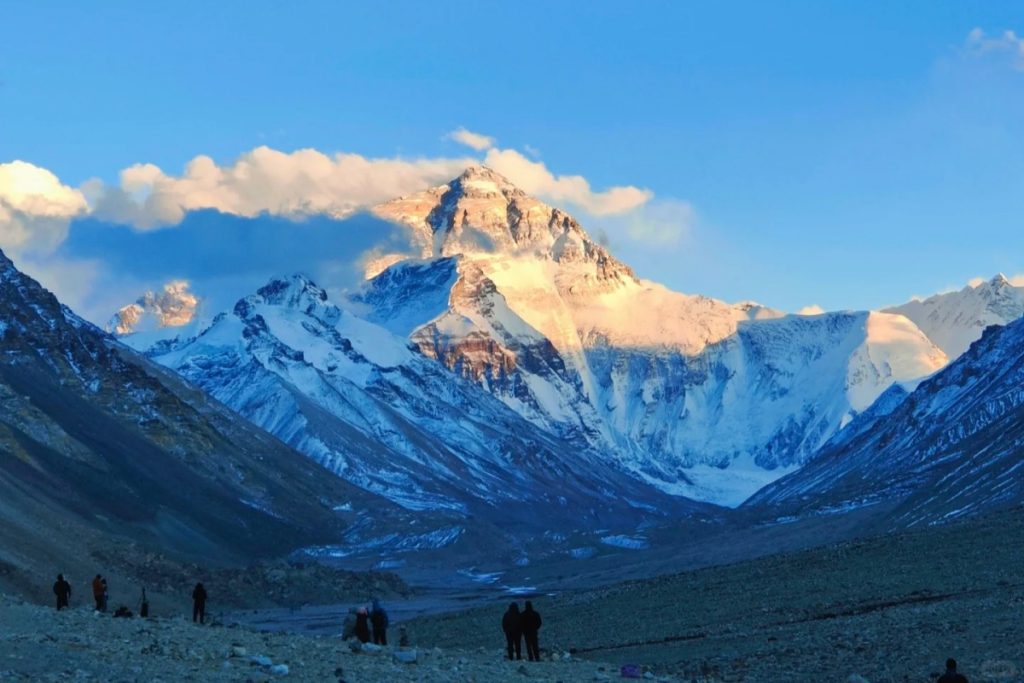
Top Things to do in Tibet | Tibetan Cultural Tour
By Martina
When people ask me about the most unforgettable place I’ve traveled to in China, my answer is always Tibet. The high-altitude landscape, crisp air, and deep spirituality make it unlike anywhere else. I’ve been lucky enough to visit more than once, and every trip has been both inspiring and humbling. Tibet travel is not just about sightseeing — it’s about experiencing a living culture that has been shaped by centuries of faith, tradition, and resilience.
If you’re planning your own journey, here are my recommendations for the top things to do in Tibet, with a special focus on Tibetan culture.
Visit the Potala Palace – Tibet’s Iconic Landmark
The Potala Palace in Lhasa is more than a beautiful building; it’s the heart of Tibetan culture and history. Once the winter residence of the Dalai Lama, it holds thousands of rooms filled with Buddhist scriptures, murals, and treasures.
When I first climbed the steep steps, the altitude hit me — it’s over 3,700 meters above sea level — but the view from the top was worth every breathless moment. Inside, the golden stupas and vibrant wall paintings are awe-inspiring.
Practical Tip: Tickets often sell out, so book in advance. Move slowly to avoid altitude sickness, and carry some water.
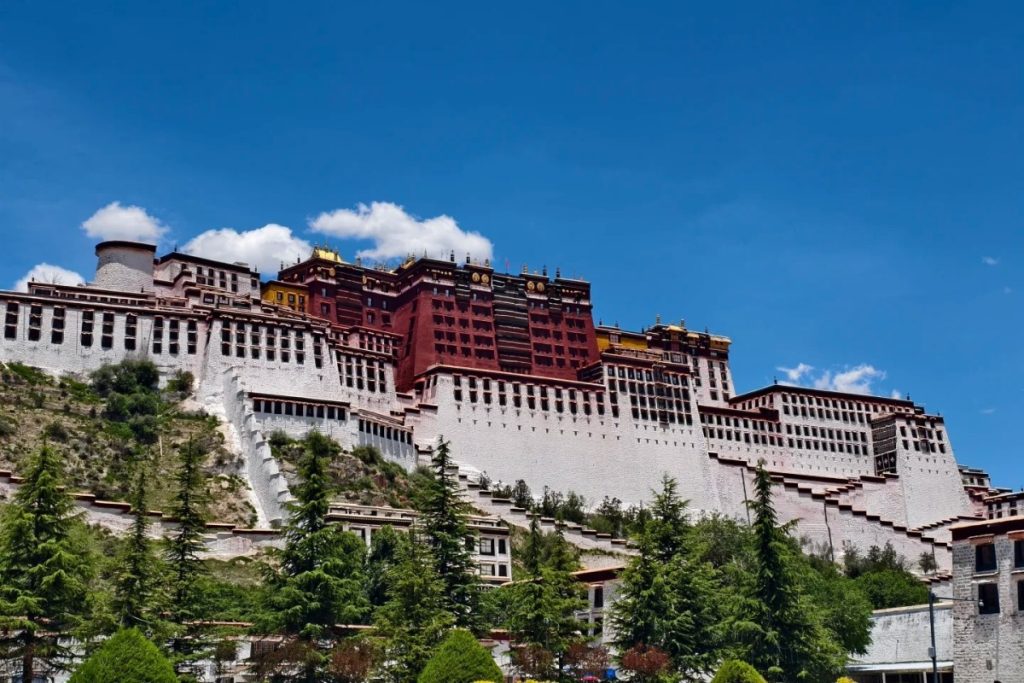
Walk the Barkhor Street Pilgrimage Circuit
Barkhor Street is a bustling mix of market and sacred path, circling the Jokhang Temple, Tibet’s most important religious site. Pilgrims walk clockwise around the temple, spinning prayer wheels or performing full-body prostrations.
I always recommend taking your time here — it’s not just a shopping street, it’s a living expression of Tibetan devotion. You’ll find stalls selling prayer flags, incense, and handmade jewelry.
Advice: I recommend visiting in the morning when the air is thick with incense and the spiritual energy is palpable. Remember to walk in the same direction as the pilgrims to show respect.
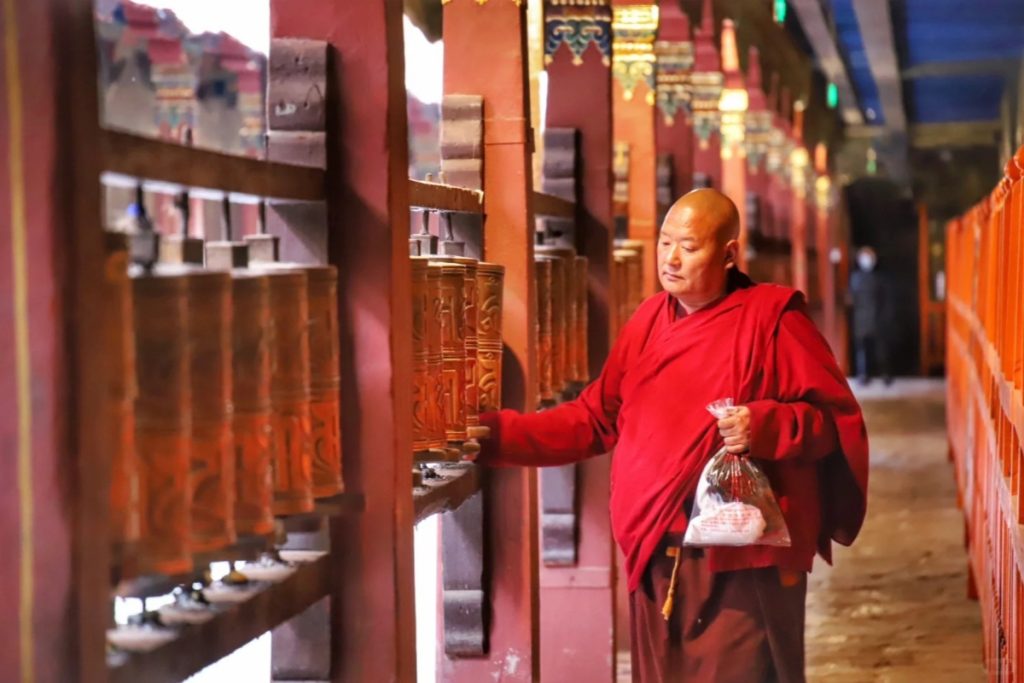
Witness Monk Debates at Sera Monastery
Tibetan monasteries are cultural treasures, and Sera Monastery is especially famous for its lively monk debates. These debates, held in the courtyard most afternoons, are part of the monastic education system. Monks challenge each other’s knowledge of Buddhist philosophy with animated gestures and quick questions.
When I first watched, I was surprised at how energetic and even playful the exchanges could be. It’s a fascinating mix of intellect and tradition.
Arrive early to find a good spot. Photography is usually allowed, but be discreet.
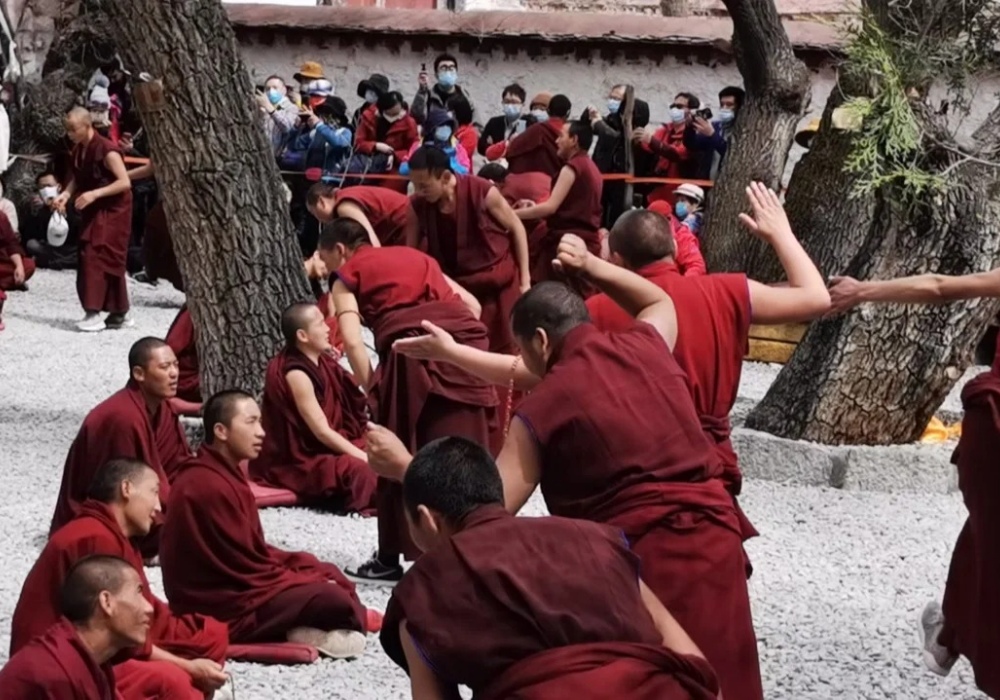
Try Authentic Tibetan Foods – Butter Tea & Tsampa
Tibetan food is simple, hearty, and perfect for the high-altitude climate. Butter tea (po cha) is made with yak butter, salt, and tea leaves. The taste is unique — rich, slightly salty, and warming. Tsampa, roasted barley flour, is another staple. Locals mix it with butter tea into a dough-like snack that’s surprisingly filling.
The first time I tried butter tea, I wasn’t sure I liked it, but after a few sips, it grew on me. Now, it’s one of my favorite Tibetan experiences.
Insider Advice: Skip the tourist cafés and try these in a small local teahouse for the most authentic flavor.

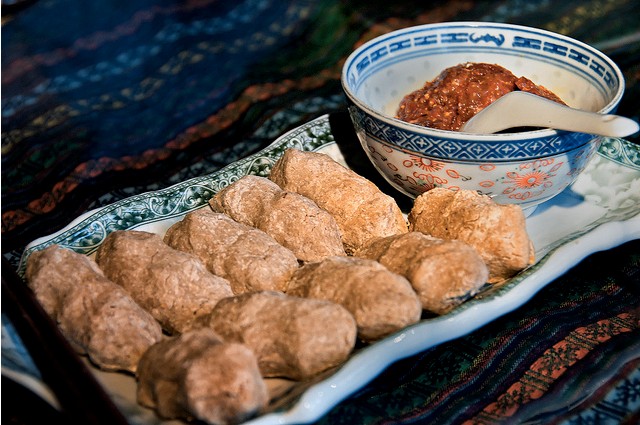
Join a Tibetan Festival
If your Tibet travel dates match a local festival, don’t miss it. The Shoton Festival in August is one of the most famous, featuring Tibetan opera, yak races, and the unveiling of massive thangka paintings. The energy and colors are incredible.
During my last visit for Shoton, the entire city seemed alive with music, chanting, and laughter. It’s one of the best ways to see Tibetan culture in full celebration.
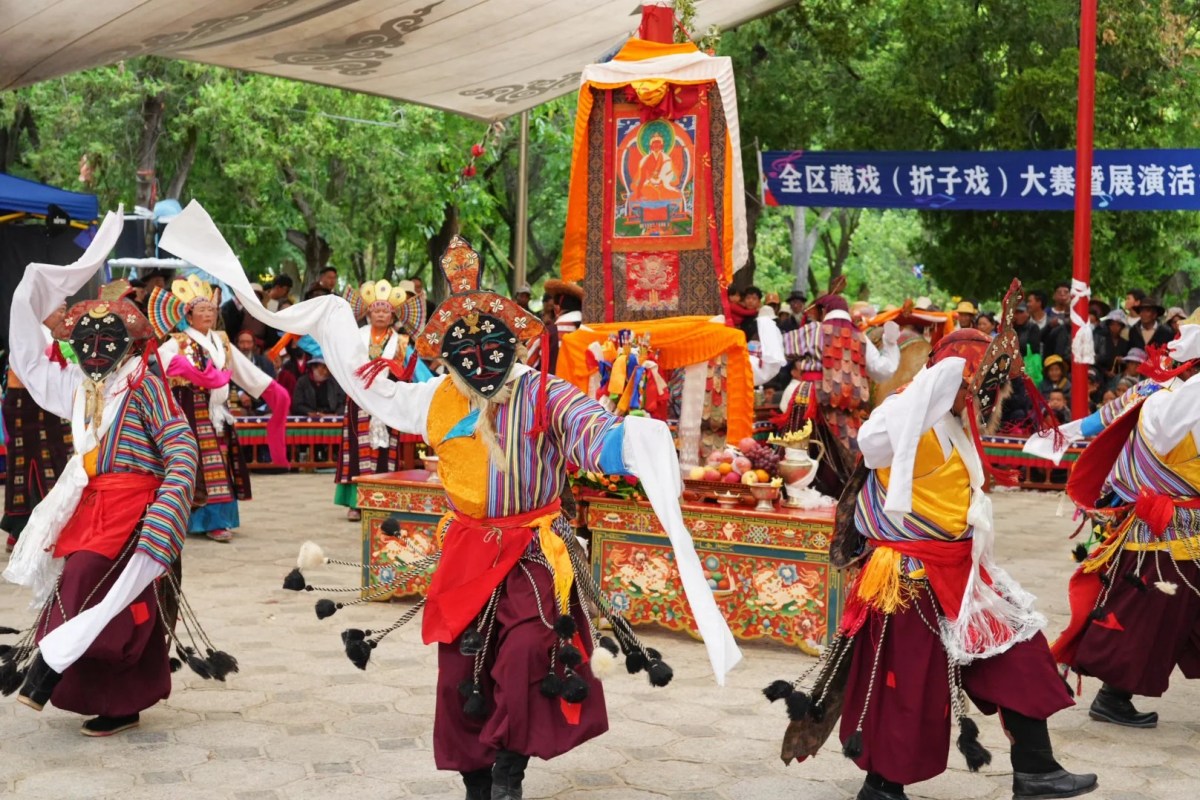
Visit Yamdrok Lake – A Sacred Turquoise Jewel
Among Tibet’s sacred lakes, Yamdrok Lake stands out for its striking turquoise color, surrounded by snow-capped mountains. Local Tibetans believe the lake is a guardian spirit of the region.
I took a short hike up a nearby hill to get a panoramic view — it’s a sight that stays with you. On the way, I stopped by a nomadic family’s tent and shared butter tea with them. These moments of connection are priceless.
My Advice: Bring warm clothes, even in summer, as the wind can be strong near the lake.
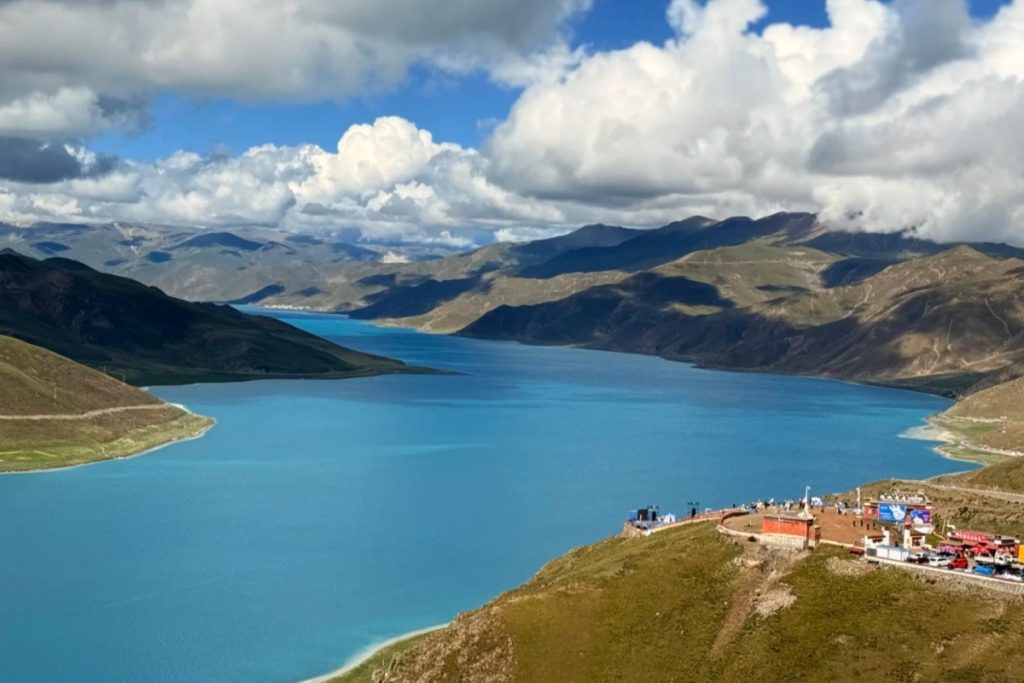
Overnight at Everest Base Camp (North Face)
For the adventurous, a journey to Everest Base Camp from the Tibetan side (North Face) offers unparalleled, clear, frontal views of the world’s highest peak. While it sits at a significant altitude (around 5,150 meters), it’s accessible by road, meaning no extensive trekking is required. An overnight stay here allows for the incredible experience of witnessing sunrise and sunset over Mount Everest. It’s a powerful reminder of the grandeur of nature.
Tibet travel is not about rushing from one sight to another — it’s about slowing down, breathing in the mountain air, and letting the spirit of the land guide you. Come with patience and an open heart, and you’ll leave with memories that will last a lifetime.
